First of two parts
Regional and local rail transit endured some setbacks but celebrated many successes in recent years. In the decade just ended, U.S. cities added 580 miles of new rail transit for a total investment of $39 billion, according to data provided by The Transport Politic.
For the third quarter of 2019, commuter rail ridership was up 4.4%, with heavy rail and light rail up 5.5% and 5.3% respectively, reports the American Public Transportation Association. From 2010 to 2018, the last year for which complete data are available, rail transit ridership grew 6.5%.
On a local level, transit won key battles in three states last year. Voters in Phoenix overwhelmingly rejected an effort to kill light rail expansion by a 62-38 margin, while Houston approved a $3.5 billion plan to expand four of the city’s light rail lines on a 68-32 vote.
And after a decade without state funding for capital investments, Illinois allocated $2.6 billion over five years and $227 million in annual, ongoing revenue to meet the long-overdue needs of the Chicago Transit Authority and Metra.
At the federal level, the U.S. Department of Transportation continues to dawdle in moving approved funds out to transit agencies. Although 98% of funds appropriated by Congress have been allocated to a variety of projects, that doesn’t mean the checks have been written. A smaller portion, 77%, had been awarded by the close of 2019.
Future financing, as provided in the federal fiscal year 2020 budget adopted in December, cuts funding for the Capital Investment Grant (CIG) program by more than $500 million, taking an ax to transit expansion and construction grants.
Nevertheless, state, regional, and local agencies continue to plan, build and bring to operation new and expanded service. Here’s a look at what’s in store for 2020.
Commuter Rail
The Massachusetts Bay Transportation Authority is moving forward with a bold plan to reinvent its commuter rail system as a high-frequency service, with electrification coming to at least some lines. Starting with three busy services — South Station to Providence and Stoughton, the Fairmount Line from South Station, and North Station to Lynn — 2020 will be a year of planning. As for other projects, the MBTA expects to complete 4 miles of double-track on the Frankfort Line in November at a cost of $30 million.
With new Illinois state monies available for capital investment, Metra is putting $139 million into new railcars and locomotives, replacing equipment that is 40 to 67 years old. Metra also allocates $95 million to continue its rehabilitation program of existing rolling stock.
Major work began in 2019 on the Long Island Rail Road’s $2 billion, third-track expansion project with two bridge replacements, one bridge modification and two grade crossing eliminations. Three more grade crossing eliminations are planned for 2020 as well as three additional bridge replacements. Work is also planned to improve stations at New Hyde Park and Mineola. The 9.8-mile project is due for completion in 2022.
LIRR’s other major project, East Side Access, will bring trains to a new eight-track station below Grand Central Terminal. It’s 72% complete and scheduled to be in service in December 2022. Construction is underway in and around GCT, on the existing 63rd Street tunnels under the East River, in Sunnyside Yard and at Harold Interlocking.
In Southern California, Metrolink is embarking on a $10 billion capital investment program that is aimed at upgrading rail service in time for the 2028 Olympics, which Los Angeles is hosting. The agency says it will have more details in the coming months.
In Northern California, a public-private partnership that includes the San Mateo County Transit District (SamTrans), Facebook and Plenary Group, plans to revive the Dumbarton rail corridor as a commuter or light rail line across San Francisco Bay, restoring the former Southern Pacific Dumbarton Bridge to operation. Only green technologies will be considered, which could be electric, battery, or another alternative power source such as hydrogen. Public scoping meetings, selection of potential station sites, and the environmental review process are to begin in early 2020.
The first 13 miles of Denver’s N Line, connecting Eastlake and communities along the I-25 corridor north of Denver to Union Station, are now expected to open in May or August of 2020. Early train testing and operator training began last year. When in service, electric multiple-unit trains will operate on peak 20-minute headways and every 30 minutes off-peak.
In Toronto, construction of a fourth track on GO Transit’s Kitchener line will begin this year as part of an ongoing effort to transform the peak-service commuter line to all-day, high-frequency, two-way operation.
Voters in two Northern California counties will decide the future of Sonoma-Marin Area transit in a March ballot initiative that would extend a quarter-cent sales tax for 30 years to continue funding the system. SMART began service to the Larkspur and Novato Downtown stations in December and added more train trips in a timetable introduced Jan. 1, 2020.
Heavy Rail
Bay Area Rapid Transit’s (BART) much-delayed Berryessa Extension to San Jose, which was due to open last year, suffered another setback in November when BART and the Valley Transportation Authority, which built the 10-mile line, announced a halt to pre-revenue operations.
According to the San Jose Mercury News, BART reported a punch list of more than 1,000 issues that VTA needed to resolve. The two agencies have not set a new date for revenue service, only issuing a joint statement of commitment. The newspaper estimated April at the earliest.
Washington Metro’s troubled Silver Line extension to Dulles Airport may be operational this year, but numerous problems need to be resolved before WMATA accepts the project from the Metropolitan Washington Airports Authority, which is handling construction.
In November, WMATA identified four unresolved issues: defective track plates, 29 mainline turnouts off-level, contaminated ballast at the Dulles Yard, and 1,500 faulty concrete panels at five stations.
The Airports Authority cites an opening date of July 2020, but that requires remediation of all issues and substantial completion of all work by February. WMATA says it will not set a target date to begin revenue service.
On a more positive note, the Chicago Transit Authority (CTA) also benefits from the state’s Rebuild Illinois capital spending bill, getting $1.2 billion over the next five years.
The agency broke ground in December on its long-awaited program to modernize the Red and Purple lines. CTA will build two temporary stations this year while it closes four others for major construction and undertakes trackwork to maintain service on two tracks while rebuilding the other two.
CTA also expects to receive the first 10 prototypes of the new 7000-series railcars manufactured in Chicago by CRRC Sifang America.
Tuesday: a look at light rail and streetcar projects.





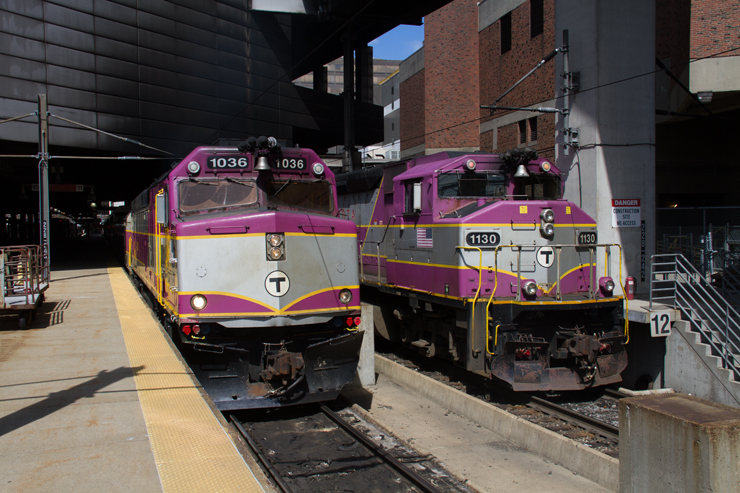
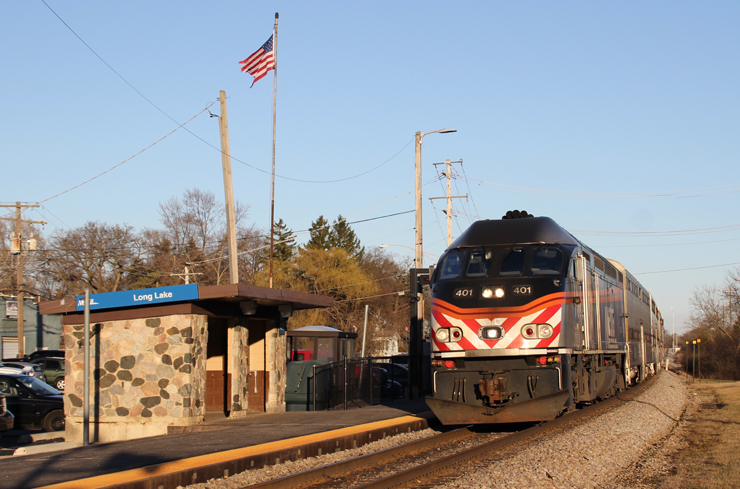
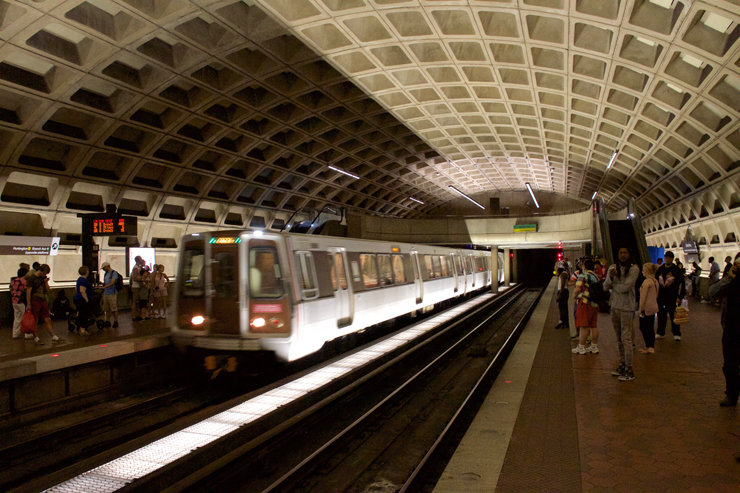

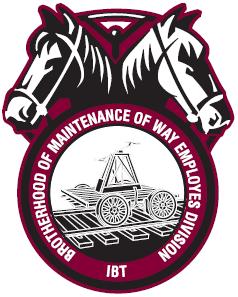
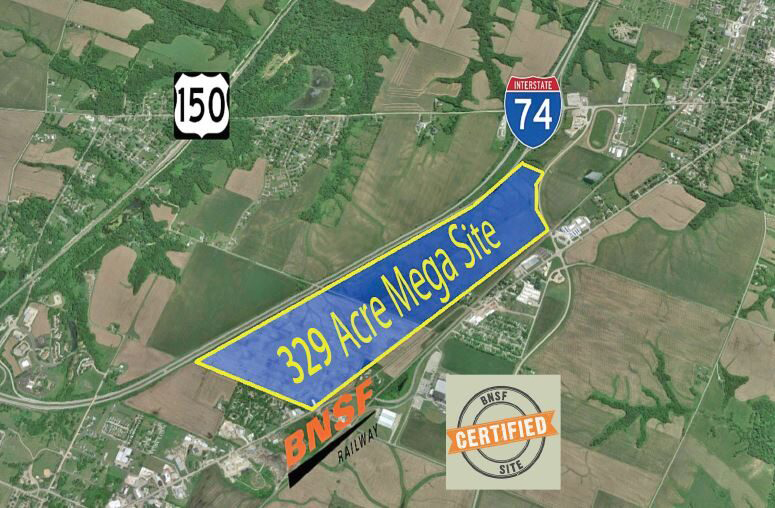
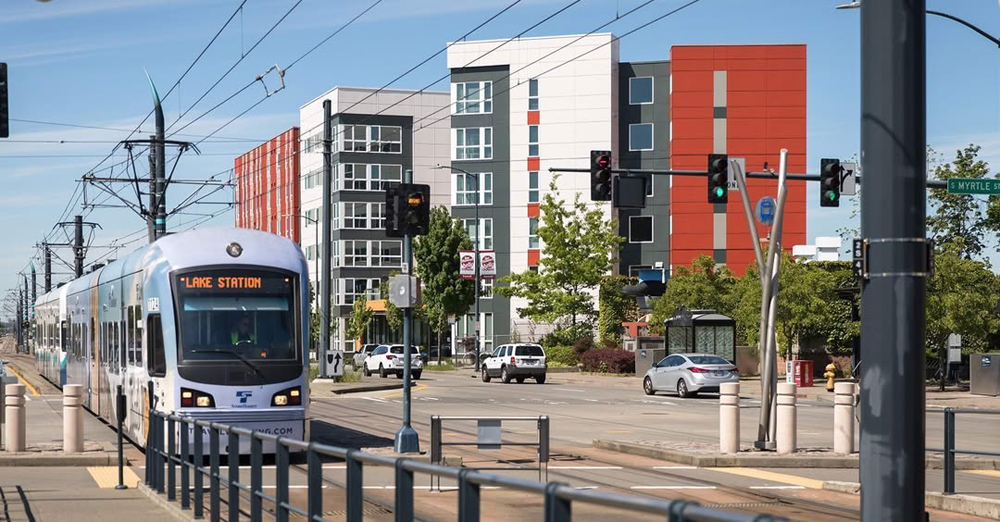
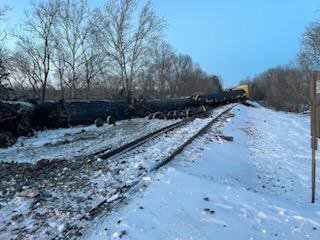




There is no MBTA Frankfort Line. I assume the correct reference is to the Franklin Line.
How about TexRail, 27 miles of commuter rail from downtown Fort Worth to DFW Airport, opened in January of 2019? It was featured in Trains.magazine several months ago.
Commuter Rail – MBTA: Frankfort ? …….. that’s Franklin !